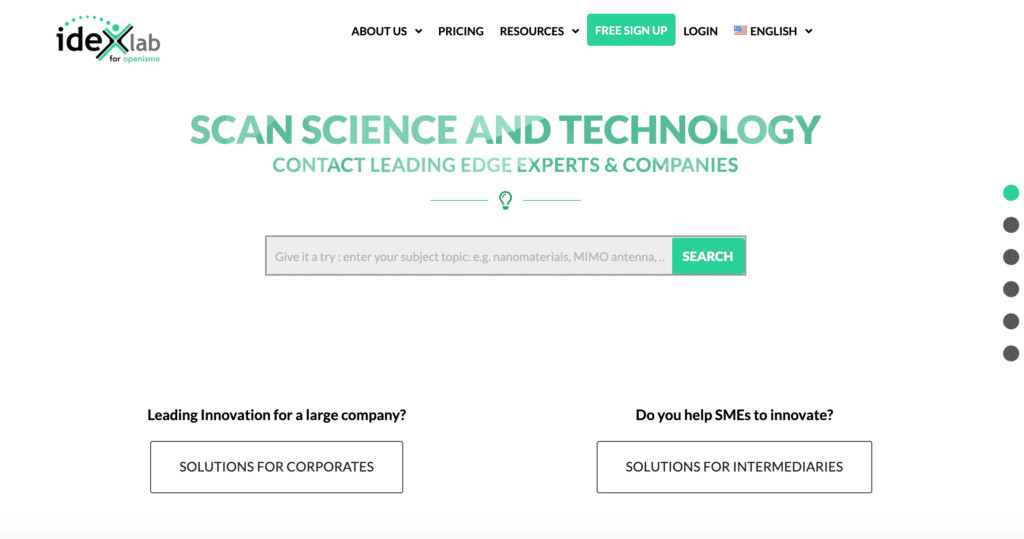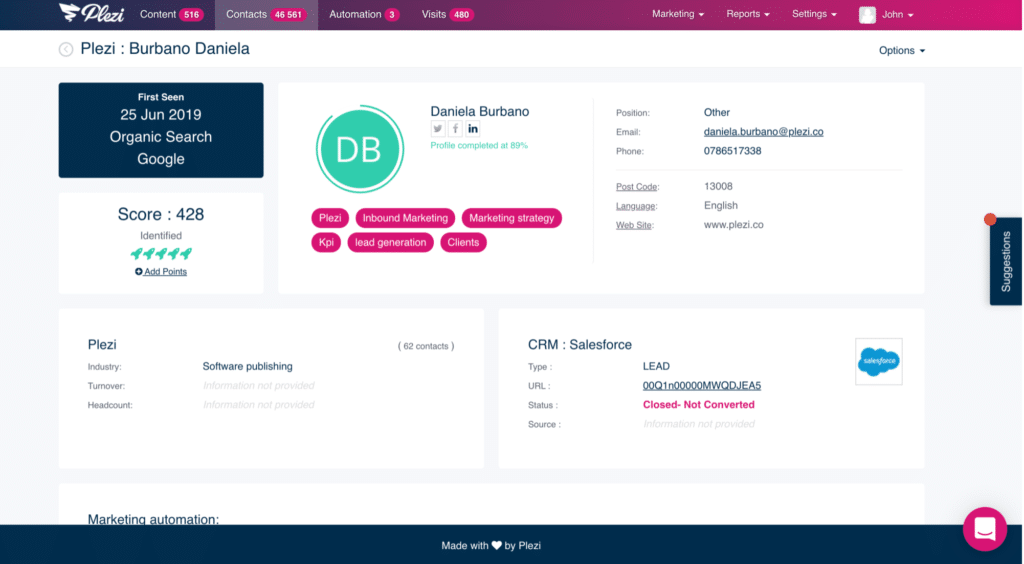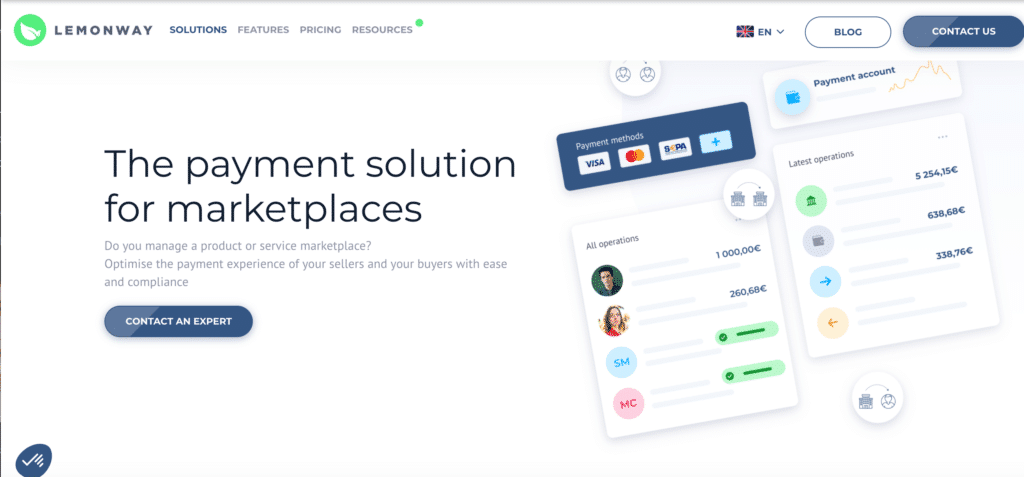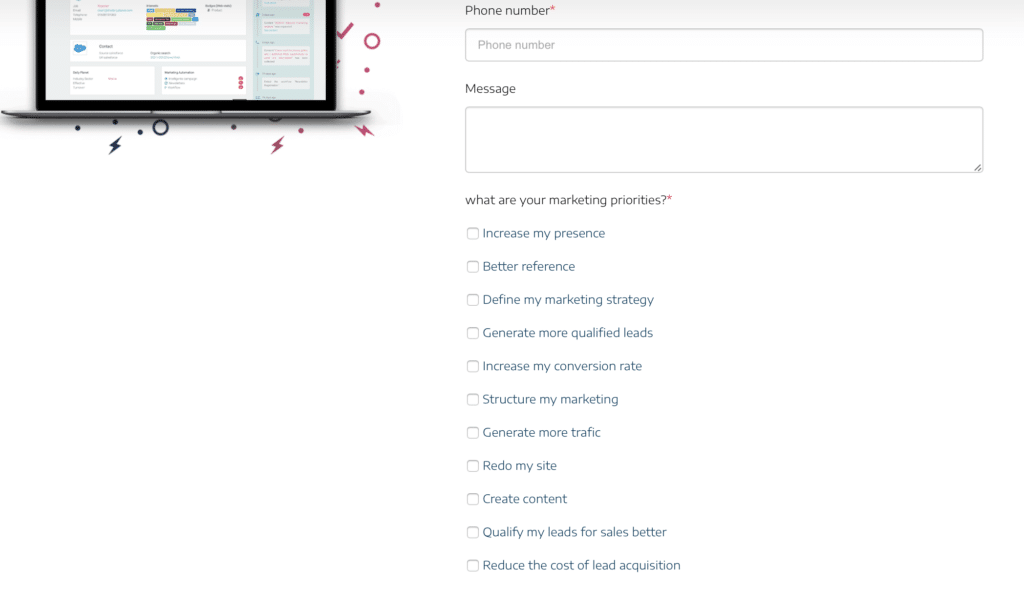Your website is often the first point of contact that potential customers will have with your business. For that reason alone, it’s probably the single most important tool in your inbound marketing strategy. But if you want it to create real value for your business, it should be designed first and foremost to generate leads. More leads mean more customers, and more customers mean increased revenue for your company.
In this article, we’ll look at five practical things you can do to optimize your B2B website and turn it into a lead generation machine.
1. Optimize your website design
The first thing you need to think about is the speed of your website. If your website doesn’t load quickly, visitors might not even stick around long enough to click on a call to action or fill out a form. According to Google, 53% of internet users abandon sites that take more than 3 seconds to load. Measure the speed of your website using one of the many tools available online and try to make this as quick as possible.
You should also ensure that your website is mobile-friendly, or responsive. More people are now using mobile phones to access the internet than desktops. Even 80% of B2B buyers are now using their mobile phone to access the internet at work. So your website experience for mobile should be as least as good as it is for desktop.
Lastly, your website should also have a great user experience (UX) design. It should obviously be clear, easy to navigate, and visually appealing. But it should also be designed with the needs of your target customers in mind and focus visitor’s attention on what’s important. This will help them to find the information they’re looking for quickly. Good UX design can both significantly increase your conversion rate and improve the visibility of your website in search engines.

2. Optimize your content
You need to stay up to date with online content trends if you want to continue to attract visitors and convert them into leads. The average blog post is now over 1,200 words in length, however, some are significantly longer. By publishing long-form content on your website you can showcase your expertise to visitors.
It will also help your ranking in Google if your posts are this length or more, as it will be considered quality content. You can try shorter content for instant hits, but it is longer articles or cluster content that will help to boost your ranking further. Most businesses now include images and regularly use statistics in their blog posts. And an increasing number of B2B companies are including expert quotes and even adding video to their posts.
You also need to optimize the dedicated landing pages that give visitors access to your premium content or lead magnets. There are a number of different elements on a landing page that can influence its conversion rate, like the page text, the call to action, the online form, and the overall page layout.
Both your blog posts and landing pages should of course be optimized for search engines. When organic search is now a bigger source of website traffic than paid sources, it’s vitally important for businesses to appear in search engine results. You should do keyword research for each blog article and landing page which looks at search volumes for different terms and the level of competition online for those terms. You should remember that a web page’s position in search results will also be affected by its on-page SEO and the domain authority of your website.
3. Optimize your calls to action (CTA)
CTAs can be used in any number of places on your website to encourage visitors to take further action or to enable them to access further information. A typical example is using a CTA at the end of a blog post to direct them to a landing page where they can access a lead magnet in exchange for their content details.
It might seem obvious, but the wording of your CTA firstly needs to be clear, concise, and above all motivate people to take action. Generally, that means starting with a strong action verb. If you’ve got more room to play with, give visitors an incentive to take action by telling them how they stand to benefit if they do. The wording of each CTA should also be tailored as much as possible to the specific action you want visitors to take.
Sometimes straight links can serve as calls to action, but most of the time these will be buttons or banners. There’s a whole lot of information about the psychology of different colour CTA buttons available online. But the main point to remember is that the colour of CTA buttons should contrast sharply with the space around them on your website, so they stand out.
Lastly, your CTA needs to be placed where visitors are going to see it and needs to be big enough for them to do so. Most B2B content places a CTA in a visitor’s direct line of vision. Once prospects have finished reading content it should ideally be the next thing that they see on the screen.
Lemonway’s homepage features a clear CTA that directs visitors to more information on their payment solution
4. Optimize your online forms
Online forms are typically used on landing pages to collect information about visitors in exchange for valuable content called lead magnets, for example, white papers and webinars. But you can also think about adding forms to other web pages that attract the most inbound traffic. Use an analytics tool to determine what pages are receiving the most traffic and try adding forms to these pages. This will help ensure that these pages are doing as much as they possibly can to generate leads.
There are different schools of thought about the ideal number of fields an online form should have. The key thing to remember when designing forms is that you need to ask for the most necessary information at each stage of the buying cycle. It’s true that asking for too much information too early can deter a lot of visitors from completing a form. But you should bear in mind that those visitors that are prepared to complete a form with more fields might in fact be better quality leads and easier to convert into customers.
By using marketing software, you can make use of their progressive profiling feature to identify in advance what information you require from prospects at each stage of the marketing funnel. Plezi’s smart forms, for example, let you build up a detailed profile of prospects without having to ask them for too much information at once or for the same information twice. This not only increases the chance that visitors will complete a form, it will save valuable time for your sales team later on.
An example of how Plezi’s smart forms can generate detailed information for your sales team
5. Optimize your lead nurturing
Most of the leads you generate on your website won’t be ready to buy straight away. So you’ll need to nurture them towards purchase by providing them with the right content at the right time in exchange for more information. Companies that take the time to nurture leads as part of an inbound marketing strategy make 50% more sales at 33% less cost compared to those that don’t nurture leads.
Instead of using workflows to do this, Plezi’s smart campaigns let you track how individual visitors and leads interact with your website in real-time. Based on the content they have viewed, it can determine their position in the buyer’s journey, their interests, and their intention. This lets you further personalize the emails and lead magnets that you send them. It also frees up time for your marketing team because they no longer have to create and recreate workflows manually.
By establishing a lead scoring strategy and assigning a given score to each piece of content that visitors view, you’ll be able to define at precisely what point prospects are ready to be converted into marketing qualified leads (MQLs). This will let the sales team focus on those leads that are ready to buy and increase your conversion rates as a result.

Your website is obviously vital to the success of your business. But it isn’t much use attracting visitors to your website if you can’t convert them into leads. If you don’t want to see prospects disappear without taking further action, you need to ensure your B2B website is optimized for lead generation. By optimizing your website design, content, CTAs, online forms, and lead nurturing process, you’ll generate more leads and multiply the number of potential customers your business has.
Are there other things you have done to optimize your website for lead generation? What results have you seen from optimizing your site? Why not tell us about it in the comments section below?








